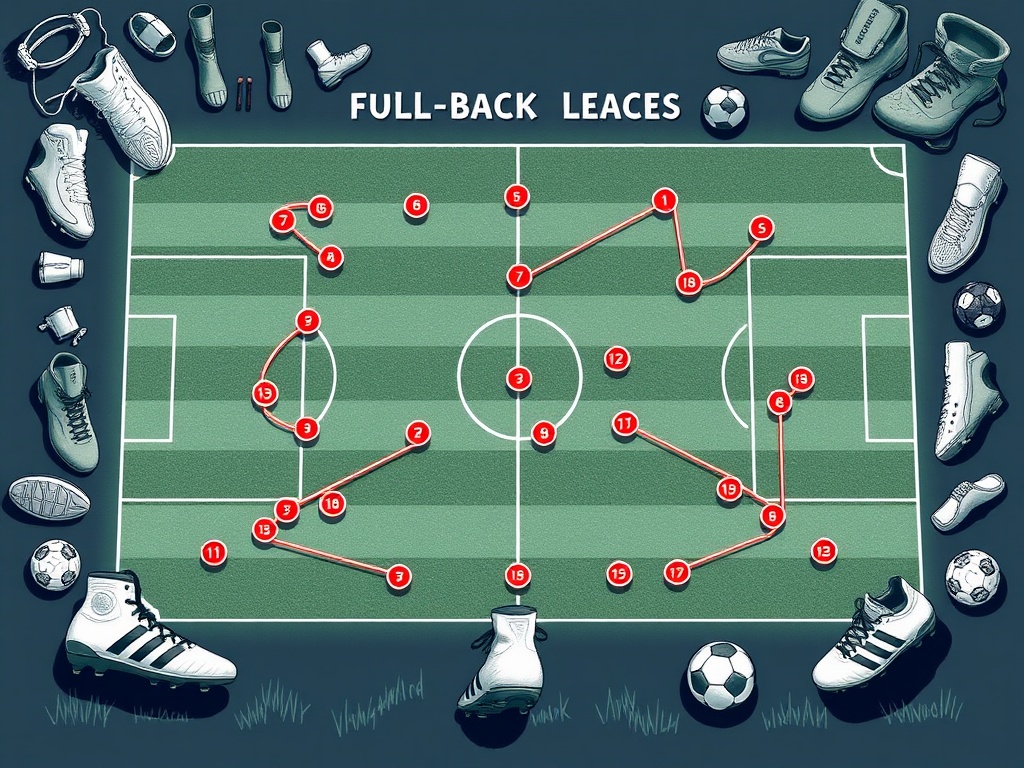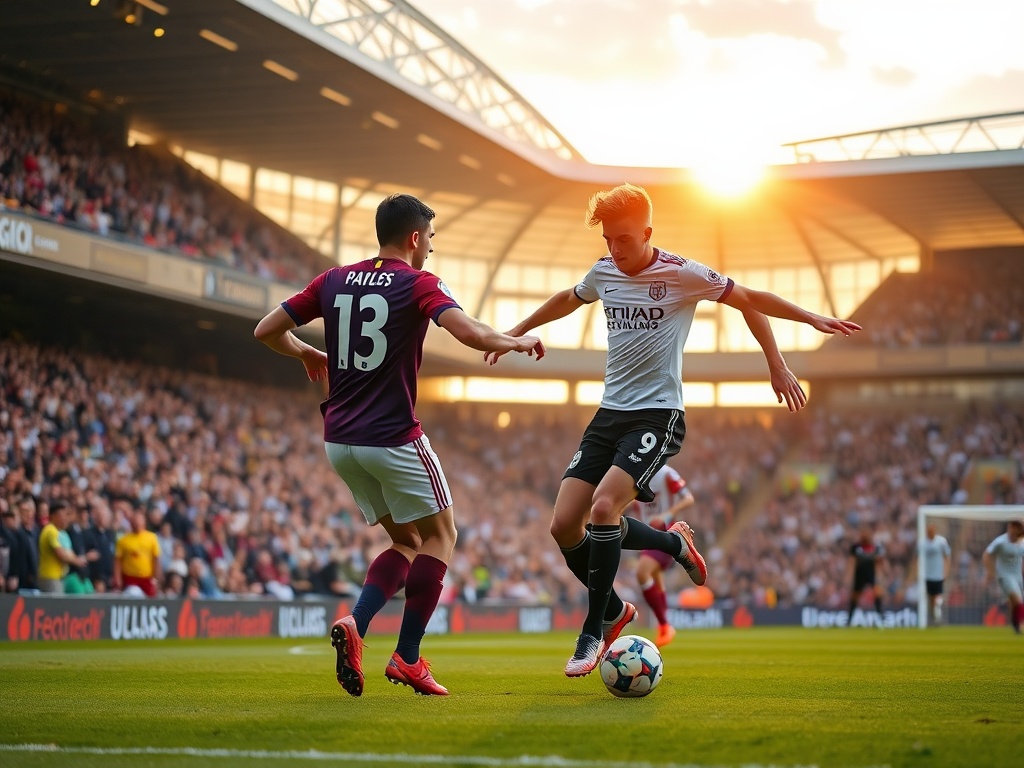The Asymmetrical Nature of Football: A Case Study
In the world of football, a common convention is to represent team formations in a symmetrical layout. Whether it’s a 4-4-2, 4-3-3, or 3-4-3 formation, the expectation is that wing-backs and central midfielders align uniformly, with forwards positioned in a balanced manner. However, the reality on the pitch tells a different story: players often occupy fluid and asymmetrical roles. One forward might drop back, a midfielder may focus on defensive duties while another ventures forward, and wingers can alternate between cutting inside and maintaining width. This intrinsic asymmetry is an essential aspect of the game.
During the recent match between Fulham and Crystal Palace, I found myself reflecting on this concept, particularly as it pertains to Oliver Glasner’s approach to utilizing full-backs. There may be no better illustration of asymmetry in the Premier League than the roles played by Tyrick Mitchell and Daniel Munoz.
Understanding the Role of Full-Backs

On paper, both Mitchell and Munoz are designated as full-backs, yet their contributions during the match revealed a more dynamic interpretation of that role. In Saturday’s match, Munoz showcased his attacking prowess by touching the ball an impressive 19 times in the opposition’s final third, a feat only eclipsed by teammate Eberechi Eze, who managed just one more touch. Munoz also attempted to dribble past his marker three times, again only surpassed by Eze.
The most telling statistic regarding Munoz’s offensive involvement is that he received six passes that traveled at least 10 yards toward the goal, more than any other player on the pitch. This data illustrates not only his positioning but also his proactive approach to invading the attacking zone.
Breaking Down the Tactical Approach
What sets this Crystal Palace side apart is how Munoz’s role deviates from the traditional attacking full-back archetype. Unlike many full-backs who prioritize crossing the ball into the box, Munoz did not attempt a single cross against Fulham. Instead, his focus was on penetrating the penalty area to identify scoring opportunities and take shots at goal. In fact, he ranks just behind Eze, Ismaila Sarr, and Jean-Philippe Mateta in terms of shots taken for Palace this season.
In summary, Munoz’s approach exemplifies a thrilling and unorthodox style of play that adds a layer of imbalance to the team, making it difficult for opponents to predict and defend. Oliver Glasner’s tactical innovation is certainly paying off, as this asymmetrical strategy continues to yield positive results on the pitch.
